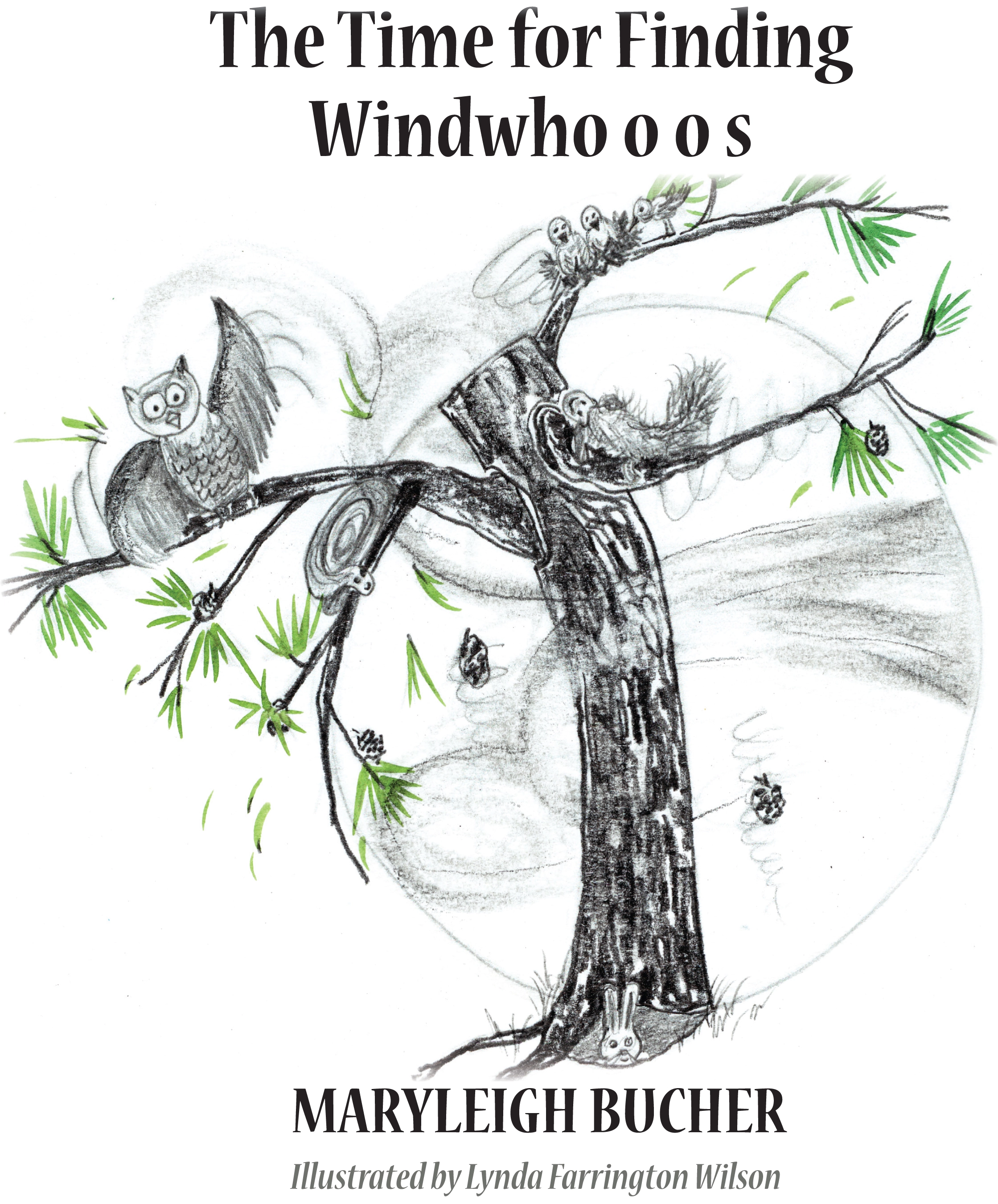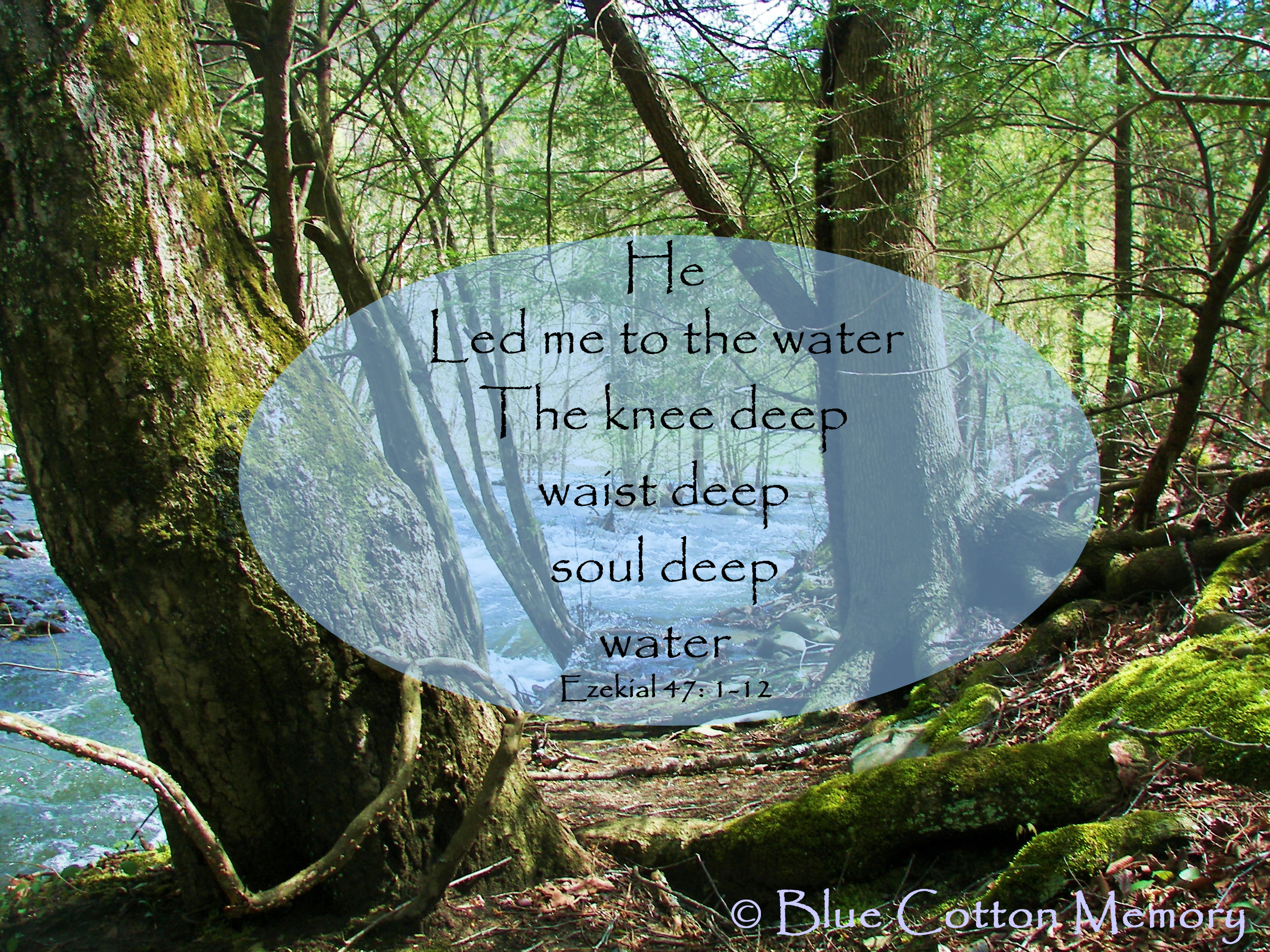 This is an ice-breaker assignment I used for my university Composition I class. Students loved it – and it is a fun way to study sensory detail collection. It would also be ideal for your homeschool student.
This is an ice-breaker assignment I used for my university Composition I class. Students loved it – and it is a fun way to study sensory detail collection. It would also be ideal for your homeschool student.
Description is not only used in stories, poetry, and Charles Dickens books. Engineers, chemists, police and detectives, nurses, and even NASA scientists describe in the writing of business. However, in order to write descriptively, attention to detail and the layers of detail need to be developed. One way to begin building this skill is by describing the tiny, flavor-packed, colorful JellyBelly jelly bean.
This is a two part assignment. The first part requires detail collection. The second part requires turning that collection of information into one paragraph (yes, a long paragraph) with a topic statement and a concluding statement. This will teach you to keep you content loyal to a point statement.
The wonderful part about this assignment requires Jelly Belly jelly beans, a partner, and a computer.
First, study the jelly bean. Use the 5 sensory detail: sight, sound, taste, touch, smell. DO NOT TASTE YET! However, when you are describing, do not just say, “Red,” or “Pink” or “Yellow.” Go deeper. Is it red like a cherry, a red Bic pen, a fire engine? Don’t write, “Red like a fire engine.” Write, “Fire-engine red.” Consider the image you want to convey when you pick the word. The word should convey your attitude toward that particular sensory detail. Do the same thing with sound, touch, and smell. Put qualifiers. Bounce it on the table, roll it around. Sniff it. Study your Jelly Belly!
Now it is time to join up with your writing partner. You are going to take turns eating the Jelly Belly. That is right. You are going to take notes watching your writing partner eat the jelly belly from the moment it goes into their mouths until it is swallowed. Keep in mind that your partner needs to be taking notes about how it tastes at the same time. Describe your partner’s facial expressions. After they have swallowed, finished up their notes, then it is your turn to be observed eating your Jelly Belly.
You will also need to keep notes about what you are thinking while you are watching your writing partner eat the Jelly Belly. Keep notes about those thoughts. Sometimes that is where the real story is. One of the most important parts of a story is the tri-alogue (what the partner says, what you say, and the conversation going on in your mind). Did I say story? Yes, sometimes detail collection can turn into action and thought collection.
 Once you have collected the sensory detail, described the process of eating a Jelly Belly, then go to your computer and Google Jelly Belly. Find 3 interesting facts about the Jelly Belly Company. I highly recommend going to careers to discover all the interesting college degrees needed to run this highly successful company.
Once you have collected the sensory detail, described the process of eating a Jelly Belly, then go to your computer and Google Jelly Belly. Find 3 interesting facts about the Jelly Belly Company. I highly recommend going to careers to discover all the interesting college degrees needed to run this highly successful company.
After you have collected all this information, you need to create ONE paragraph. There is no limit to the size of a paragraph. A paragraph always needs at least 3 sentences, but one paragraph could be 3 pages long. There is no pedagogy (writing theory) to suggest paragraphs should be short. Beginning writings need to develop organization skills like creating a topic statement (point of paragraph) and keeping all content supporting that one statement all the way to the conclusion. That is pretty challenging at times. Actually, those are the hardest sentences to write in an essay. That is why this is a one, very long paragraph assignment.
When you get done, please come back and post your paragraph. I would love to read it!

















